Disclosure: This article contains affiliate links. We may earn a commission from purchases at no extra cost to you, which helps our travel content.
Standing at the crossroads of tradition and modernity, Kuala Lumpur's shopping landscape mirrors Malaysia's fascinating cultural tapestry. As a climate scientist who's spent years studying how communities adapt to changing environments, I find KL's retail evolution particularly fascinating. The city has transformed from traditional markets to gleaming malls while still preserving the essence of its heritage. During my recent weekend trip from Mumbai—a brief respite from analyzing climate adaptation models—I explored how this metropolis balances consumerism with cultural preservation. The Māori concept of kaitiakitanga (guardianship) came to mind repeatedly as I discovered local artisans and businesses working to maintain traditional crafts while embracing sustainable practices. Whether you're hunting for luxury brands, unique handicrafts, or simply soaking in the vibrant atmosphere, KL offers a shopping experience that transcends mere transaction—it tells the story of a nation in transition.
Navigating the Golden Triangle: Bukit Bintang & KLCC
The beating heart of KL's retail scene lies within the Golden Triangle, where Bukit Bintang and KLCC (Kuala Lumpur City Center) form the nexus of modern shopping. Pavilion KL stands as the crown jewel—a sprawling complex housing over 700 stores across 1.37 million square feet. What struck me most wasn't just the sheer scale but the thoughtful integration of Malaysian design elements throughout the architecture.
As someone who typically avoids conventional malls, I was pleasantly surprised by the Tokyo Street zone on Level 6, which recreates the atmosphere of a Japanese shopping district with independent boutiques and authentic eateries. For couples looking to invest in quality travel gear, I recommend visiting the outdoor equipment stores on Level 3, where my partner and I found an excellent travel daypack that has accompanied us on subsequent adventures.
A short walk away via the air-conditioned pedestrian bridge (a blessing in KL's humidity), Suria KLCC sits at the base of the iconic Petronas Twin Towers. Beyond the expected luxury brands, I discovered Kinokuniya bookstore—an unexpected treasure trove where I spent hours exploring their impressive collection of books on Southeast Asian ecology and indigenous knowledge systems. My partner and I made a game of selecting books for each other that reflected our shared interest in environmental conservation but from different cultural perspectives.
What many tourists miss is the sustainable shopping initiative at The Exchange TRX, KL's newest luxury mall. Their 'Green Retailers' program highlights brands committed to ethical production—a welcome sight for someone who researches climate adaptation strategies daily.

💡 Pro Tips
- Visit Pavilion KL and Suria KLCC during weekdays to avoid crowds
- Use the air-conditioned pedestrian bridges to move between malls in comfort
- Check out seasonal festivals at Pavilion's main concourse, which often showcase Malaysian cultural heritage
Central Market: Heritage Shopping in the Heart of KL
Central Market (Pasar Seni) embodies what I love most about thoughtful travel—a place where commerce and cultural preservation dance together in beautiful harmony. This Art Deco building, originally constructed in 1888 as a wet market, has transformed into a cultural hub while maintaining its historical significance.
As I wandered through the color-coded zones representing different Malaysian ethnic traditions, I was reminded of similar community marketplaces I've documented in indigenous communities across Southeast Asia. The Batik emporium particularly captivated me—watching artisans demonstrate the traditional wax-resist dyeing technique transported me back to my research days documenting how traditional crafts adapt to changing environmental conditions.
For couples seeking meaningful souvenirs, I recommend bypassing the tourist trinkets and heading straight to the Heritage Centre on the upper floor. Here, my partner and I discovered exquisite handcrafted items that tell Malaysia's story through material culture. We purchased pewter items from Royal Selangor, knowing the company's commitment to sustainable manufacturing practices and preserving traditional metalworking techniques.
The market's Annexe Gallery hosts rotating exhibitions by local artists, often highlighting environmental and social themes. During our visit, a powerful installation explored the impact of palm oil production on Malaysian rainforests—a topic directly related to my climate research.
To capture the vibrant atmosphere, I brought my compact camera, which performed beautifully in the market's challenging lighting conditions without drawing attention or disturbing vendors. The flip screen allowed me to capture candid moments of artisans at work from unique angles.
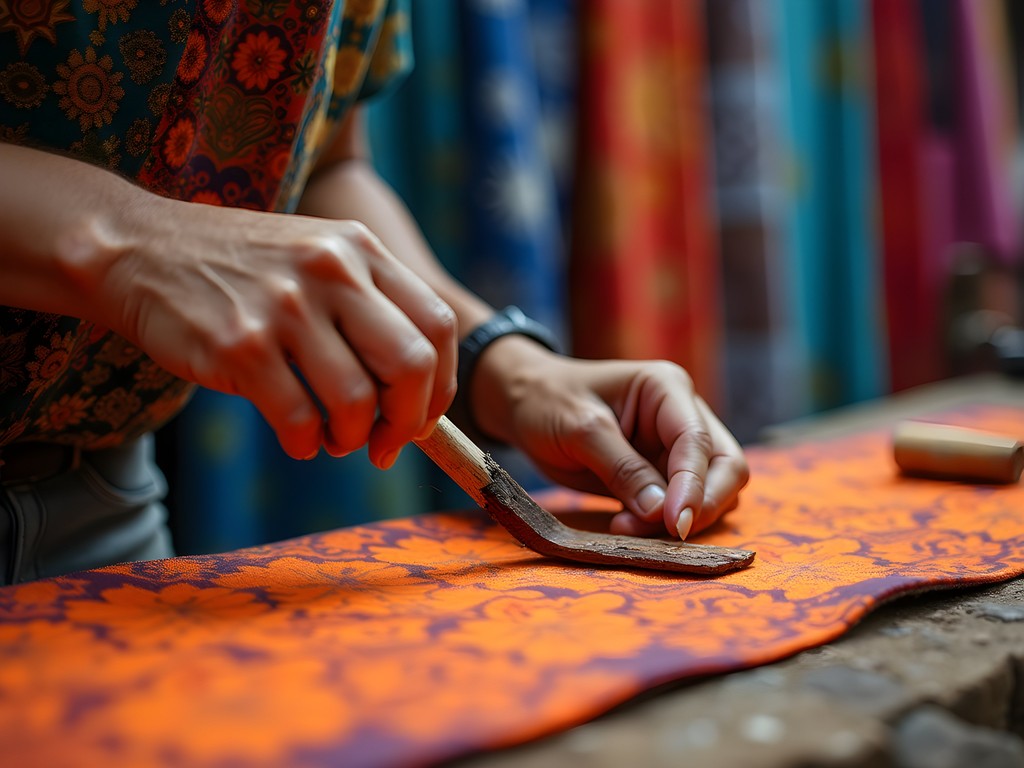
💡 Pro Tips
- Visit on weekday mornings for a more relaxed experience with fewer tourists
- Take time to chat with artisans about their craft—many speak English and appreciate genuine interest
- Look for the 'Craft Spotlight' events held on weekends, featuring demonstrations of traditional Malaysian crafts
Petaling Street & Chinatown: Bargain Hunting with Cultural Context
Petaling Street embodies the beautiful chaos that draws me to Asian markets—a sensory explosion of sights, sounds, and aromas that tells the story of Chinese Malaysian heritage in vivid detail. While many tourists see only the counterfeit goods and haggling opportunities, I sought the deeper cultural significance beneath the commercial veneer.
The recent revitalization efforts have transformed parts of Chinatown into a more curated experience while preserving its authentic character. As someone who studies how communities adapt to changing circumstances, I was fascinated by how traditional businesses have evolved to survive in the modern economy.
My partner and I arrived in late afternoon, deliberately timing our visit to experience the transition from day to night markets. We began at the quieter Old Market Square, where elderly vendors sell traditional Chinese herbs and remedies—knowledge systems that have persisted through generations of environmental and social change.
As dusk fell, we wandered through the main thoroughfare where the famous red lanterns create an atmospheric canopy overhead. Rather than focusing on knock-off goods, we sought out authentic local products. In a tiny shop tucked away on a side street, we discovered hand-carved wooden tea tools that the artisan explained had been made using sustainable harvesting practices.
For dinner, we escaped the tourist-heavy food stalls and followed local office workers to Madras Lane, where hawker stalls serve regional specialties. Over bowls of curry laksa, we chatted with an elderly couple who shared stories of how Chinatown has transformed since their childhood—an invaluable perspective on urban adaptation that resonated with my professional research.
To navigate the area comfortably, I relied on my crossbody anti-theft bag, which kept my valuables secure while allowing easy access to my camera and notebook as we explored the crowded marketplace.
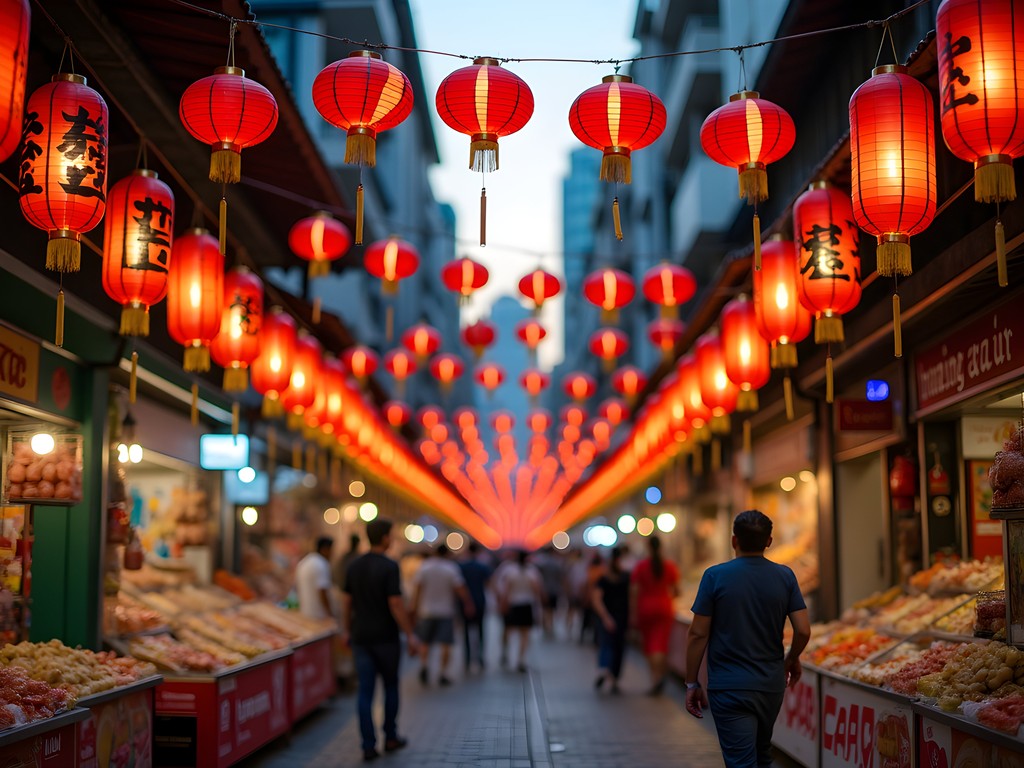
💡 Pro Tips
- Visit during weekday evenings (around 6-8pm) for the best balance of atmosphere and manageable crowds
- Learn basic Cantonese phrases for greeting and thanking vendors—it transforms the shopping experience
- Look for shops with local elderly customers—they typically offer more authentic goods at fair prices
Sustainable Shopping: Eco-Friendly Finds in KL
As a climate scientist and advocate for sustainable living, I'm always searching for retail experiences that align with environmental values. Kuala Lumpur surprised me with its growing eco-conscious shopping scene—a heartening development in a region often associated with fast fashion and excessive packaging.
Bangsar district has emerged as the epicenter of sustainable shopping in KL. The Hive bulk store in Bangsar Village II shopping center offers package-free groceries and household items—perfect for travelers staying in apartments who want to minimize waste. I filled my reusable shopping tote with locally-produced snacks and tea to enjoy throughout our trip.
Nearby, we discovered Biji-biji Initiative's retail outlet showcasing upcycled products made from industrial waste materials. Their handbags created from discarded seat belts and advertising banners make for unique souvenirs with genuine environmental impact. The collective employs local artisans, creating economic opportunities while addressing waste management challenges—a perfect example of the circular economy principles I advocate for in my climate adaptation work.
In Publika Shopping Gallery, The Craft Factory hosts workshops where visitors can create their own souvenirs using sustainable materials. My partner and I spent a delightful afternoon learning traditional batik techniques using natural dyes—connecting us to Malaysian heritage while minimizing environmental impact.
What particularly impressed me was KL's emerging zero-waste markets. The monthly Pasar Semangat (Spirit Market) brings together eco-conscious vendors selling everything from handcrafted soaps to bamboo utensils. The market embodies the Māori principle of kaitiakitanga—taking responsibility for protecting natural resources for future generations.
For those staying longer in KL, Earth Heir in Bangsar showcases luxury crafts made by Malaysian artisans using sustainable materials and ethical production methods. Their commitment to preserving traditional craftsmanship while creating economic opportunities for marginalized communities exemplifies how commerce can be a force for positive change.
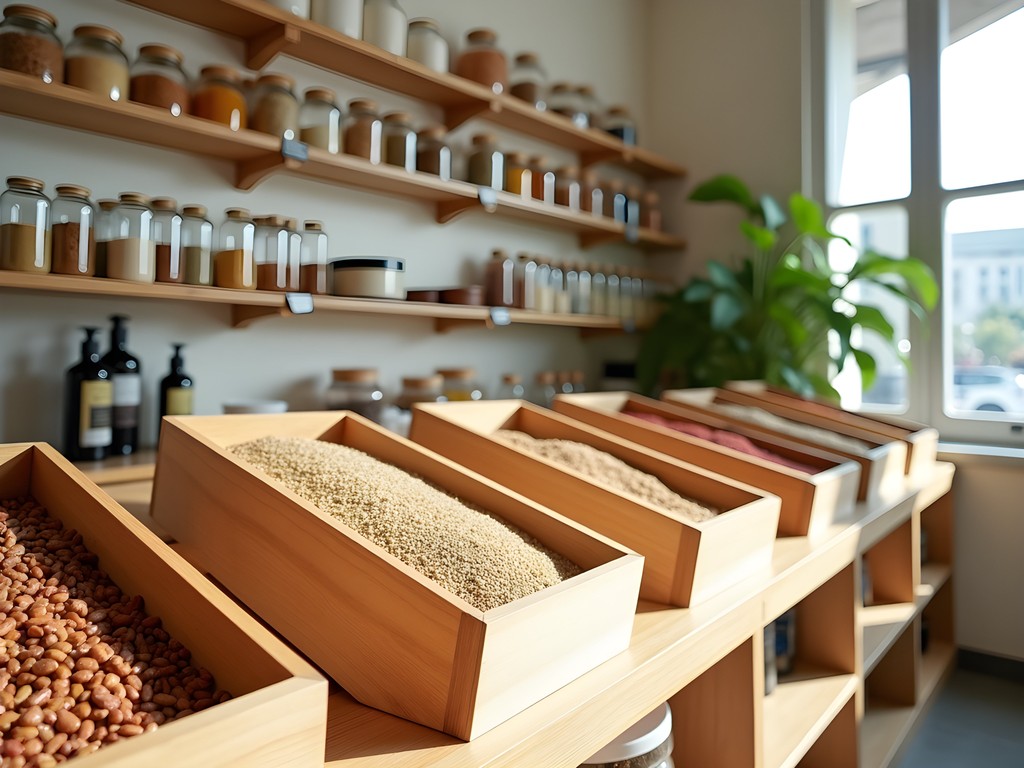
💡 Pro Tips
- Visit Pasar Semangat on the first Sunday of each month at REXKL (check their Instagram for schedule updates)
- Look for the Malaysian Sustainable Palm Oil (MSPO) certification when purchasing palm oil products
- Bring reusable containers and bags to minimize packaging waste when shopping at markets
Artisanal Treasures: Craft Markets & Independent Boutiques
Beyond the mainstream shopping destinations, Kuala Lumpur harbors a thriving community of independent designers and artisans whose work reflects Malaysia's rich cultural heritage while embracing contemporary sensibilities. These smaller venues offer the most meaningful shopping experiences for couples seeking authentic connections with local creators.
The weekend Craft Complex (Kompleks Kraf) near Lake Gardens houses permanent exhibitions of traditional Malaysian crafts alongside workshops where artisans demonstrate techniques passed down through generations. I was particularly moved by the textile gallery, where intricate patterns tell stories of cultural resilience and adaptation—themes that resonate deeply with my research on how indigenous knowledge systems respond to environmental change.
In the trendy neighborhood of Kampung Attap, the REX KL building—a repurposed cinema—now hosts pop-up markets featuring independent designers and vintage collectors. During our visit, we discovered Satu Artisan, a collective creating contemporary jewelry incorporating traditional Malaysian motifs and sustainably sourced materials. The pendant I purchased—silver with traditional filigree work—has become a treasured reminder of the creative resilience I witnessed throughout KL.
For those interested in Malaysia's textile heritage, the weekly Art For Grabs market at Ruang by Think City showcases independent batik artists creating contemporary designs using traditional techniques. Here I found artisans experimenting with natural dyes derived from local plants—innovations that reduce chemical pollution while preserving cultural practices, a perfect example of the environmental adaptations I document in my professional work.
My most unexpected discovery was the growing number of social enterprise shops throughout the city. Earth Heir in Bangsar and The Batik Boutique in Desa Sri Hartamas employ artisans from marginalized communities, creating economic opportunities while preserving traditional craftsmanship. Their commitment to ethical production and environmental sustainability aligns perfectly with the values I've embraced through my Māori heritage and scientific training.
To document these unique finds and the stories behind them, I used my travel journal, sketching designs and noting the cultural significance of different crafts—creating a more meaningful souvenir than any purchased item could be.
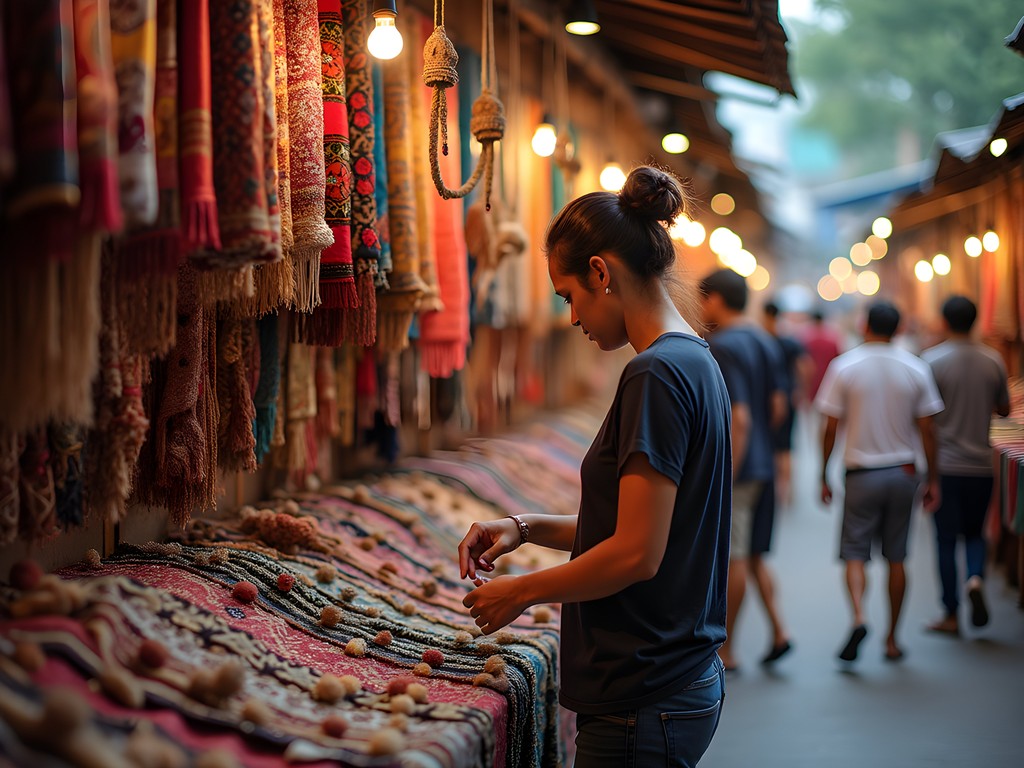
💡 Pro Tips
- Check social media for pop-up craft markets, which often aren't listed in tourist guides
- Ask artisans about the cultural significance behind designs and patterns
- Look for the Malaysian Handicraft Development Corporation logo, which certifies authentic locally-made crafts
Final Thoughts
As I packed my carefully selected treasures—each with its own story of cultural heritage and environmental consciousness—I reflected on how Kuala Lumpur's shopping landscape mirrors the broader narrative of our changing world. The city has found ways to preserve traditional craftsmanship while embracing innovation, much like the communities I study in my climate adaptation work. Shopping here transcends mere consumption; it becomes a form of cultural exchange and environmental stewardship when approached mindfully. The Māori concept of whanaungatanga—the interconnectedness between people and places—was evident in the relationships between artisans and their crafts, between traditional knowledge and modern adaptation. Whether you're drawn to luxury malls or hidden markets, KL offers opportunities to support local economies and sustainable practices. As you explore this vibrant city with your partner, I encourage you to seek the stories behind your purchases and consider how each item connects you to Malaysia's rich cultural tapestry and ongoing journey toward sustainability.
✨ Key Takeaways
- Balance your shopping between modern malls and traditional markets for a complete KL experience
- Support sustainable and ethical businesses that preserve cultural heritage while creating economic opportunities
- Connect with local artisans to understand the stories and traditions behind your purchases
- Look beyond tourist areas to discover KL's emerging eco-conscious shopping districts
📋 Practical Information
Best Time to Visit
year-round (avoid major holidays like Chinese New Year and Hari Raya when possible)
Budget Estimate
RM200-500 per day for shopping and meals (excluding accommodations)
Recommended Duration
2-3 days for comprehensive shopping exploration
Difficulty Level
Easy
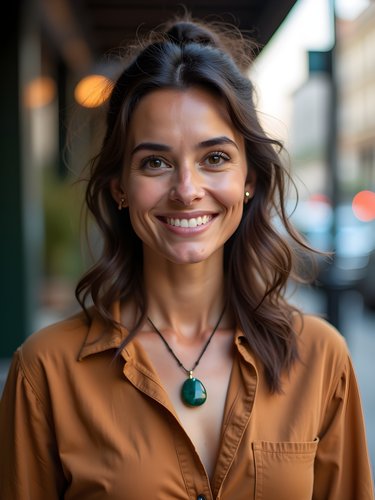

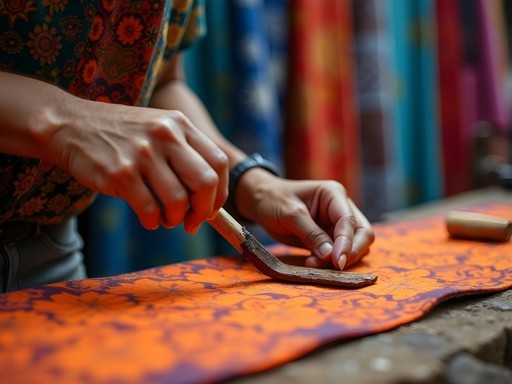

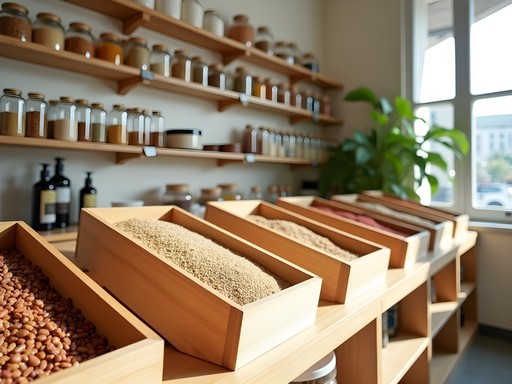
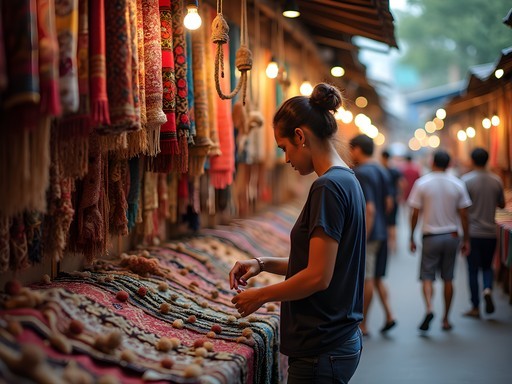


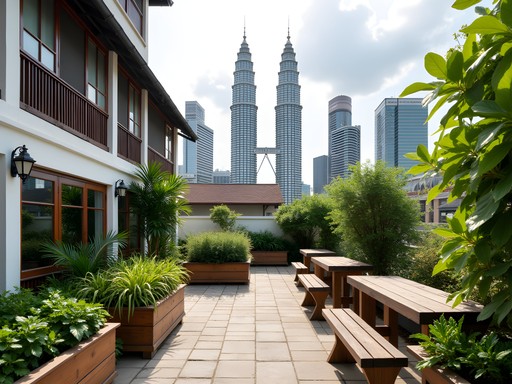
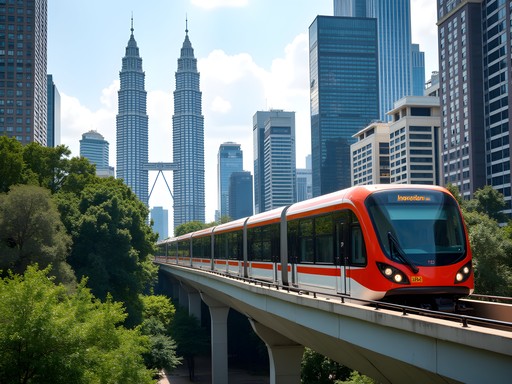
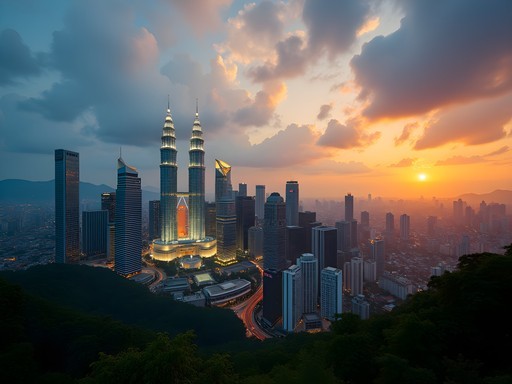
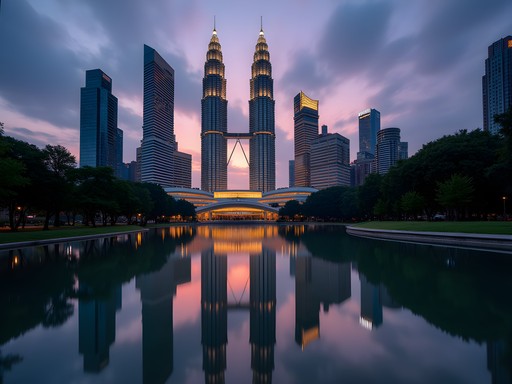
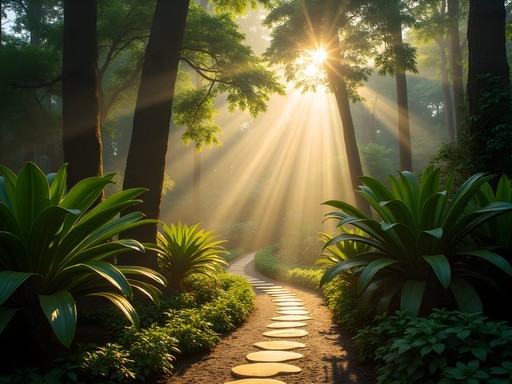



Comments
summerhero
I'll be in KL for just 2 days next month - which markets would you prioritize if you're short on time but want authentic Malaysian crafts?
Nicole Russell
Definitely hit Central Market first! It's well-organized with quality crafts and air conditioning (a blessing in KL). If you have time after, Petaling Street is fun for the atmosphere but more touristy trinkets. I found the best batik at Central Market's second floor. I always carry my compact daypack for shopping days - fits all my purchases but doesn't weigh me down!
summerhero
Perfect, thank you! Central Market it is. And good call on the daypack!
adventureone
Pavilion KL was AMAZING! Spent way too much there last week lol
Nicole Russell
This guide is spot on! I spent three weeks in KL last year and found the shopping scene incredibly diverse. One tip I'd add - if you're bargaining at Petaling Street, start at about 40% of the initial price and work your way up. The vendors expect it! Also, the sustainable shopping section is so important - I discovered this amazing store called Earth Heir near Bangsar that sells beautiful handcrafted items that support local artisans. Their batik pieces are stunning and make perfect gifts. The MRT is super convenient for getting between all these shopping spots too!
adventureone
Thanks for the bargaining tip! I'm terrible at haggling but will try the 40% approach when I visit next month.
Nicole Russell
You'll do great! Just be friendly and don't be afraid to walk away - that's when they usually call you back with a better price! 😊
backpackwanderer
Just got back from KL last month and this guide would've been so helpful! The Central Market was definitely my favorite spot.
Nicole Russell
Central Market is such a gem! Did you try any of the food stalls there?
backpackwanderer
Yes! Had amazing laksa and these little kuih desserts. So colorful and tasty!
firsttime_asia
Going there next month, any other tips? Is it worth visiting both KLCC and Pavilion or are they too similar?
Leah Dixon
Definitely visit both! KLCC has Kinokuniya bookstore and more high-end international brands, while Pavilion has a better local designer selection on the upper floors. They're only a 10-minute walk apart via the covered walkway.
adventure_seeker_tom
Just got back from KL and wish I'd seen this post before! The Central Market was definitely a highlight.
malaysian_foodie
Local here! If you're shopping at Bukit Bintang and KLCC, use the GoKL free bus service (purple line) to get between them instead of the walkway when it's raining. Also, don't miss the weekend craft market at Publika mall - lots of indie designers there!
blueway7628
The free bus sounds perfect! Is it easy to figure out where to catch it?
malaysian_foodie
Super easy! There are designated stops with clear purple signs. Most hotels have free maps showing all the routes too.
Nicole Russell
I LOVED the sustainable shopping section of this post! When I visited KL last year, I discovered this amazing little shop in Bangsar called 'Earth Heir' that sells the most gorgeous handcrafted items with a focus on fair trade. Their batik scarves are to die for! Also, for anyone heading to the Golden Triangle area - the connection between KLCC and Pavilion via the air-conditioned walkway was a lifesaver in that humidity. I used my compact daypack which was perfect for stashing all my shopping finds while keeping my hands free for street food snacking between malls!
travel_with_mei
Earth Heir is on my list now! How were the prices there compared to Central Market?
Nicole Russell
Definitely pricier than Central Market, but the quality is exceptional and you're paying for ethical production. I'd say about 30-40% more, but totally worth it!
blueway7628
Great post! How much time would you recommend for Central Market if I'm mostly interested in handicrafts? Also, any tips on bargaining at Petaling Street? I'm terrible at it!
Leah Dixon
Thanks for reading! I'd set aside at least 2-3 hours for Central Market if you're into handicrafts - the upper floor has some amazing artisan shops. For Petaling Street, start at about 40% of the asking price and settle around 60-70%. Always smile, be respectful, and be willing to walk away. That's when the real deals happen!
blueway7628
Perfect, thanks! Will definitely try the walking away technique. Last time I tried bargaining in Bangkok I ended up paying more than the asking price somehow 😂
BudgetTravelerAsia
That photo of Petaling Street at night with all the lanterns is stunning! Really captures the atmosphere. Did you use night mode on your phone or a proper camera?
wanderlusthero
Not the author but I'm guessing a proper camera - the depth and light balance is too good for most phones!
Venture X
Premium card with 2X miles, $300 travel credit, Priority Pass